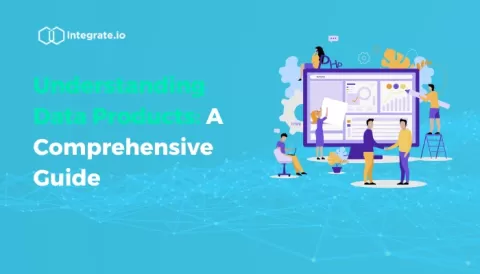Quality Assurance: Who Bears the Responsibility in Your Team? | Vikas Mittal | #softwaretesting
Dive into a thought-provoking discussion with Vikas Mittal, as he explores the critical question of quality responsibility within a team. Drawing insights from a LinkedIn poll, discover who team members believe is responsible for quality and how perceptions shift when accountability comes into play.











